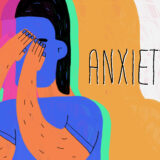How are you going to define the unhealthy anxiety?
To make a long story short, the criteria for unhealthy anxiety can be summarized as follows:
- Malfunction – the emergency bell does not know when to start running off.
- Loss of control – unable to switch it off once it starts ringing.
At a clinic, we will comprehensively determine the degree to which the above negatively affects your life in order to formulate an appropriate diagnosis and treatment plan.
Symptoms associated with anxiety
As with healthy anxiety, unhealthy anxiety can be accompanied by a variety of physical symptoms.
The most typical symptoms are
- shallow sleep (i.e., waking up several times in the middle of the night or waking up at 3:00 or 4:00 in the morning and never going back to sleep)
- palpitations
- shallow breathing.
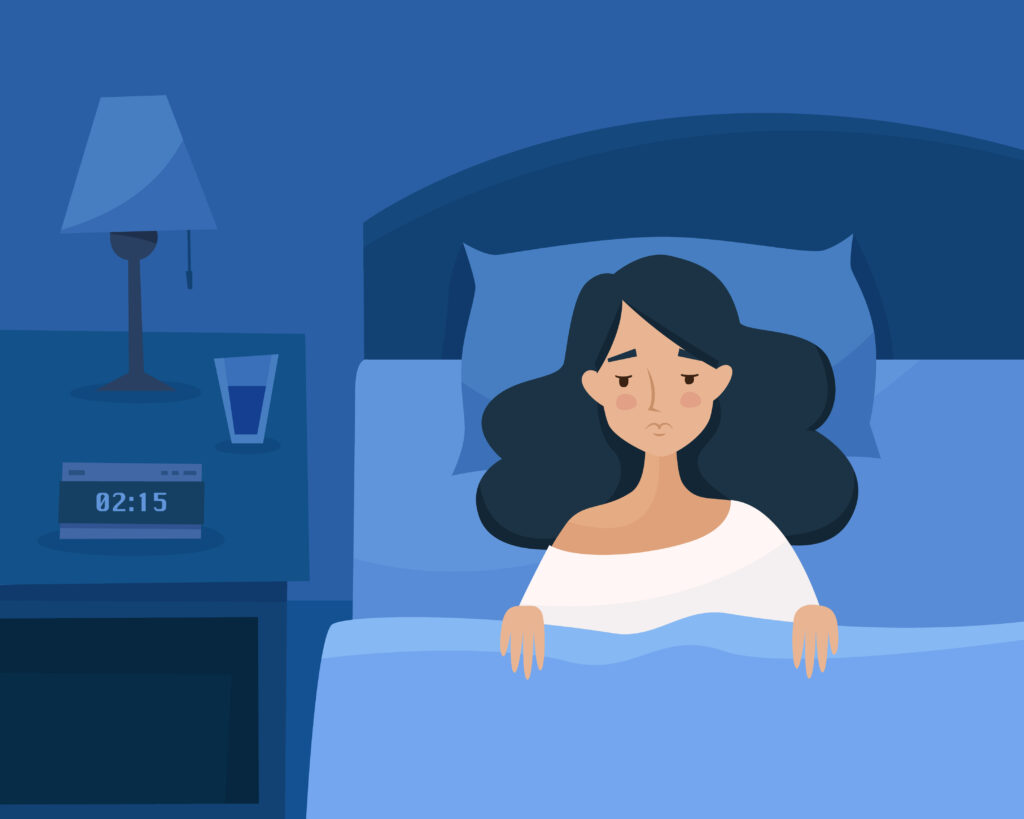
Some people also experience a feeling of tightness in the throat or chest, worsening of stiff shoulders and headaches, numbness, and sweating.
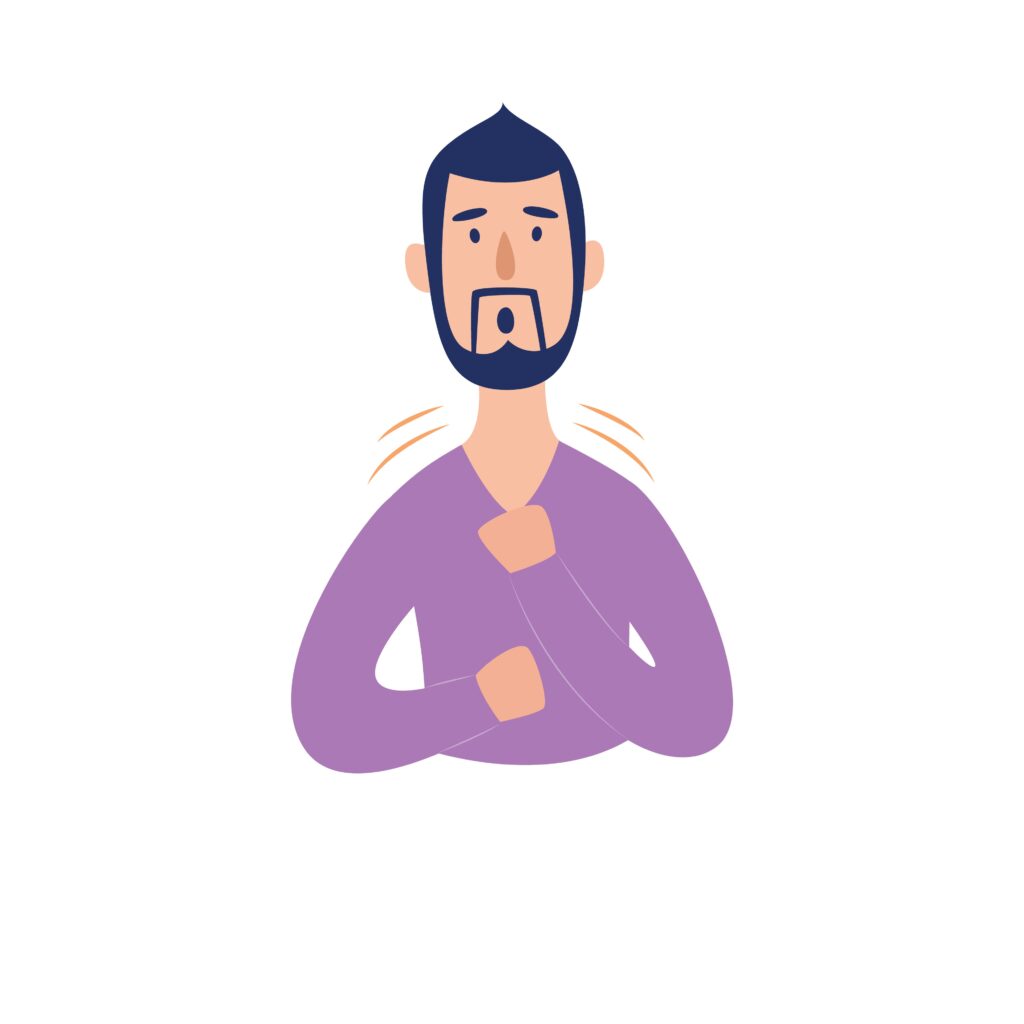
Feeling of tightness may be described as difficulty breathing, chest pain, suffocating, etc. 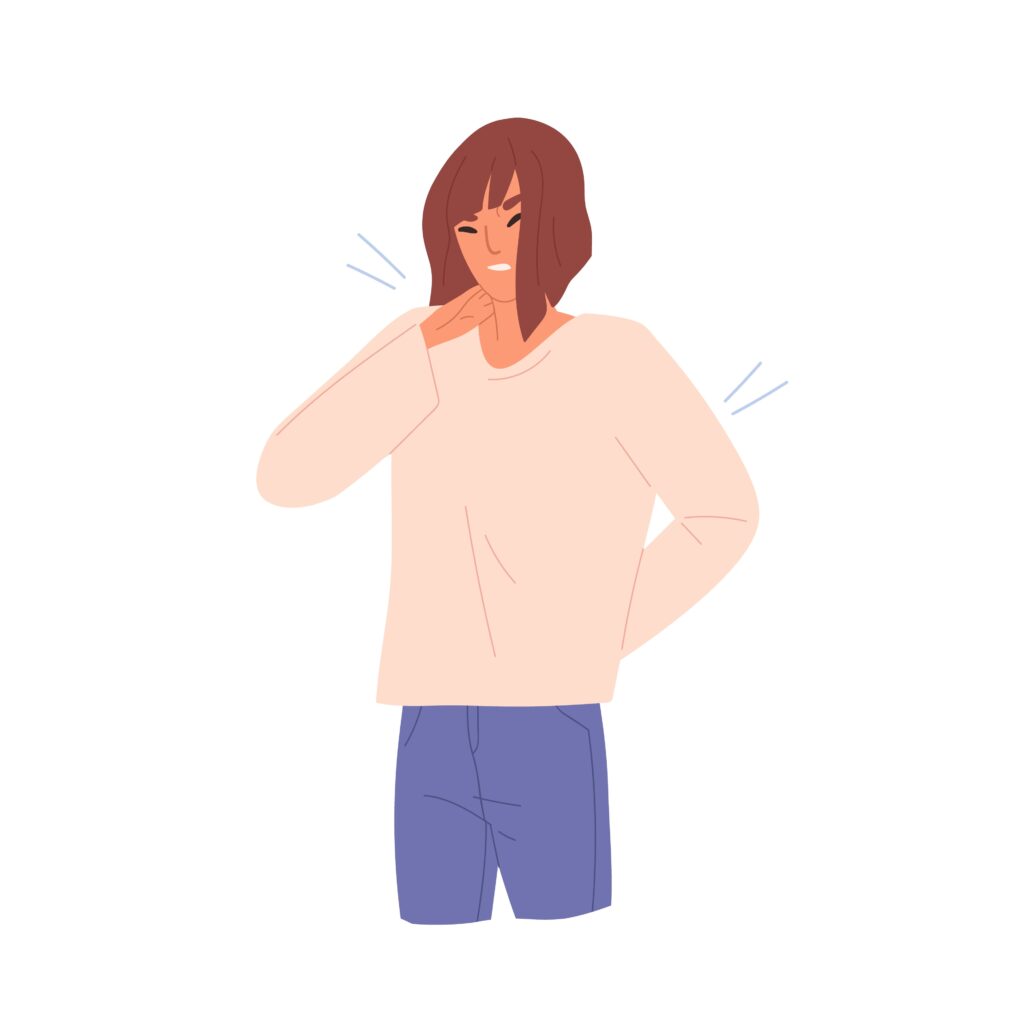
Stiff shoulders and headache are caused by stiffen muscles.
These symptoms are also remnants of the primitive life when our lives were often threatened by wild animals.

This created within us a state of vigilance, such as
I can’t fall asleep at night because the beasts are around.
= Shallow sleep
I need to be able to escape quickly should the beasts attack me.
= Stiffen muscles, increased heart rate, and accelerated breathing
to keep oneself at a constant state of readiness.
Unlike healthy anxiety, unhealthy anxiety can strike at unintended times, can be triggered by minor stimuli (i.e. stress), and once it occurs, it can be difficult to stop.
And when this happens, some people have what are called “attacks,” some of which are short-lived, overwhelming sprints, while others are more like marathon-like sprints with no finish line in sight.
The short-lived attacks are called “panic attacks”.
When one’s life is “disrupted” by these “panic attacks,” the diagnosis of panic disorder is made.
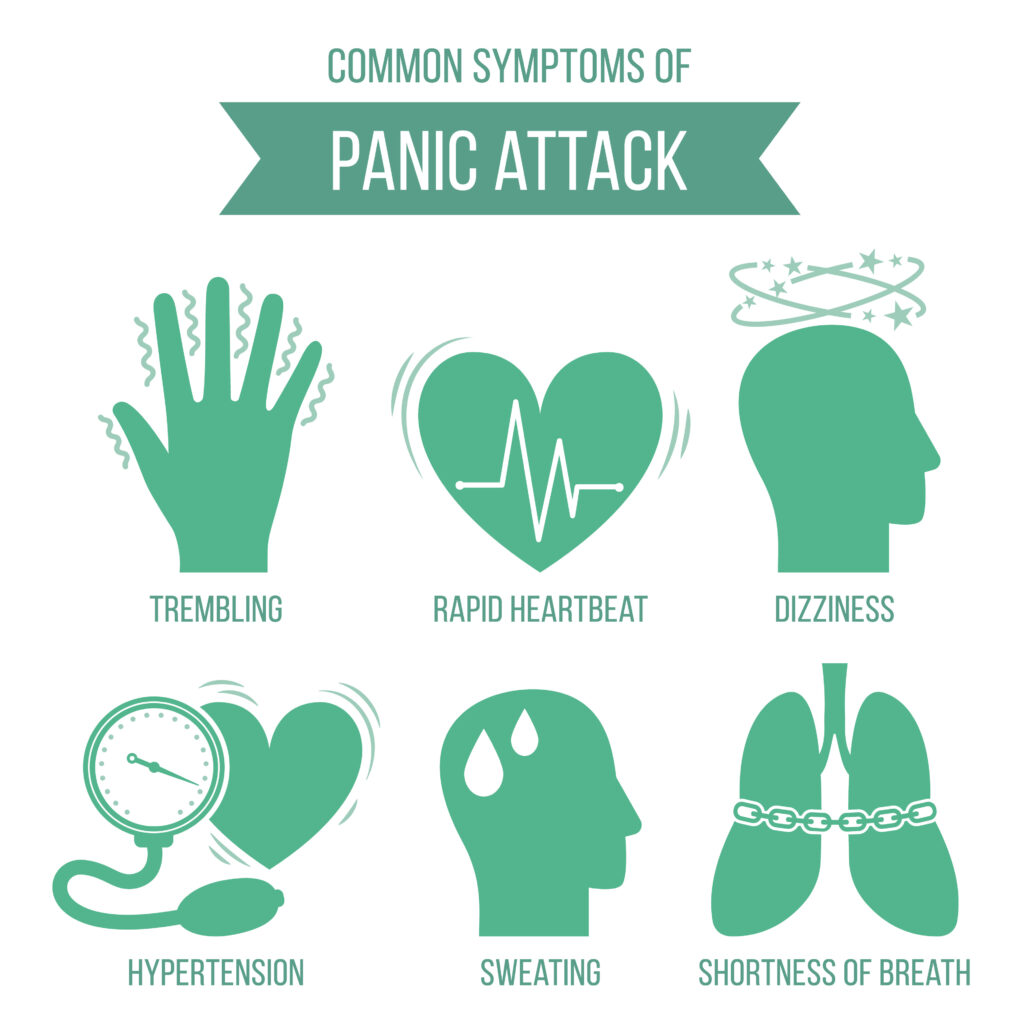

When you are experiencing a panic attack, it is easy to think that you are going to suffocate or that you are not going to make it.
Even when you are not experiencing panic attacks, you may experience stress over the fear of going through another panic attack in the future (technical term: “secondary fear” after the attack itself) and a feeling of desperation that you want to end it.
This distress has obvious impacts on the quality of one’s life.
The other type of anxiety attack – the marathon-like anxiety attacks which are so disturbing and persistent that the sufferer feels like they are having a ‘marathon anxiety attack.”
Regardless of the type of anxiety attack experienced, you are forced to run against your will.
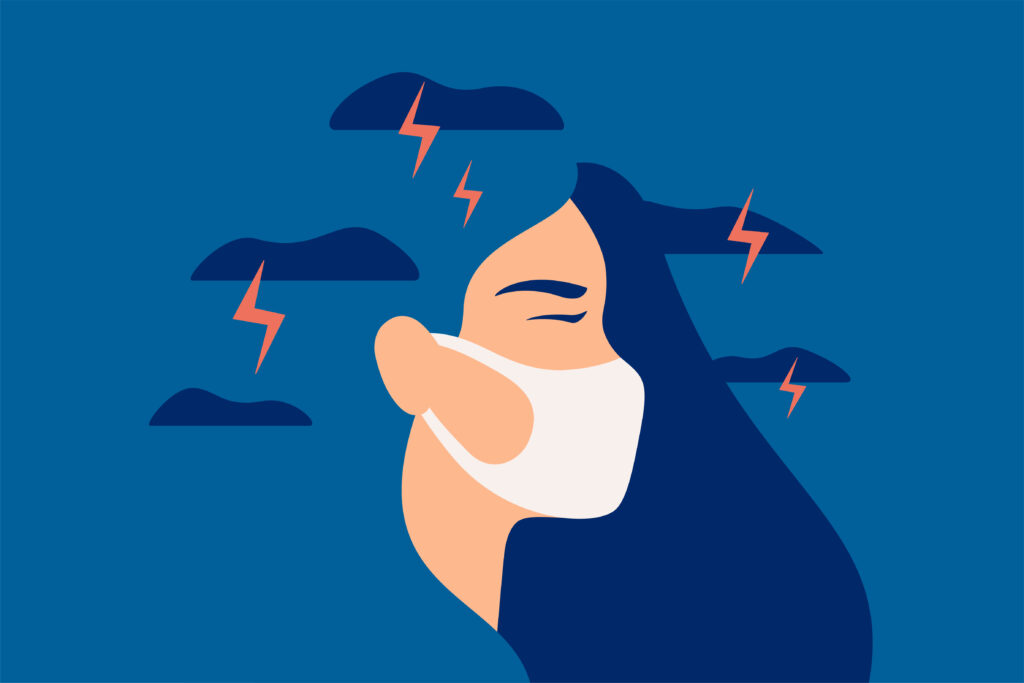
This reversal of the master-servant relationship – from a healthy relationship where you are the master and anxiety is the servant, to the complete opposite where anxiety is the master over you – is the critical difference between healthy anxiety and unhealthy anxiety.
Stagnation of flow

As with the depression and sorrow, it is important to note that anxiety can pass with time.
This is also related to the question of whether the anxiety is contextual.
Healthy emotions such as joy, anger, sadness, and anxiety have a flow to them. In other words, emotions float in and out of you over time.
It is like gazing at water in the river or clouds in the sky, coming in and out of your sight.
If healthy anxiety is accompanied by flow, time is also flow and will pass, but this is not the case with unhealthy anxiety.
There is a trigger at first, but after that, it comes and goes without context, and it lingers with the person for a long time. For some people, it even becomes a routine experience with sufferers describing having a routine episode of anxiety every morning, for example.
Loss of control lowers self-esteem
It is a natural and healthy reaction to feel depressed, sad, and anxious when a failure, loss, or unexpected problem occurs that you have been unable to overcome without difficulty or control.
If it is a healthy reaction, it will pass with time as it involves the aforementioned flow. When you have anxiety, it may temporarily cause a lowering of self-esteem or a sense of self-deficiency, but it will never be an absolute change.
When unhealthy anxiety occurs, the feeling of anxiety remains stagnant, eroding self-esteem and self-affirmation.
Psychotherapy, which will be described next, is a treatment method that intervenes in this thought process (called cognition).
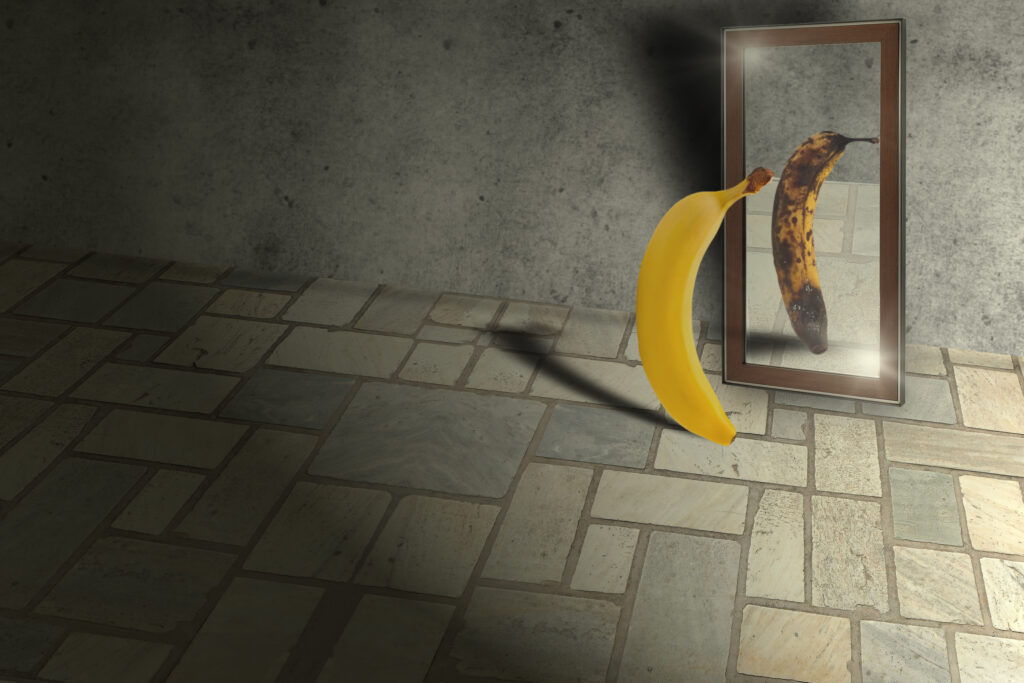
Psychotherapy and Pharmacotherapy
The basic premise for treating anxiety, as mentioned in the story of the primitive age, is to ensure “safety and security”.
If this is absolutely lacking, the first priority is to secure psychological safety and security through pharmacotherapy.
Psychotherapy, as mentioned earlier, requires a certain amount of “mental stamina” because it involves changing the trajectory of the thought process. It can even be counterproductive if you undergo this when you are still lacking in stamina and security.

The good news about the treatment of anxiety is that, as I explained before, the biological mechanisms surrounding the amygdala are somewhat better understood, and medication works well for anxiety.
With continued treatment, some people eventually come to feel “safe and secure” if they keep a medication in their bag as a charm that they can take in case of an anxiety attack.
On the other hand, once the “emergency bell” has been activated, it takes some time for the brain to recognize that it does not need to be rung anymore.
It is a symptom that is likely to recur or worsen unless the patient is able to take a firm stance on “safety and security” in the true sense of the word.

This is why it is beneficial to see a doctor as early as possible. If the emergency bell has just rung, the entire treatment period can often be shortened because it can be done before the operating circuit is fixed.
I hope you all find this article helpful in deepening your understanding of your own anxiety.
Thank you!



